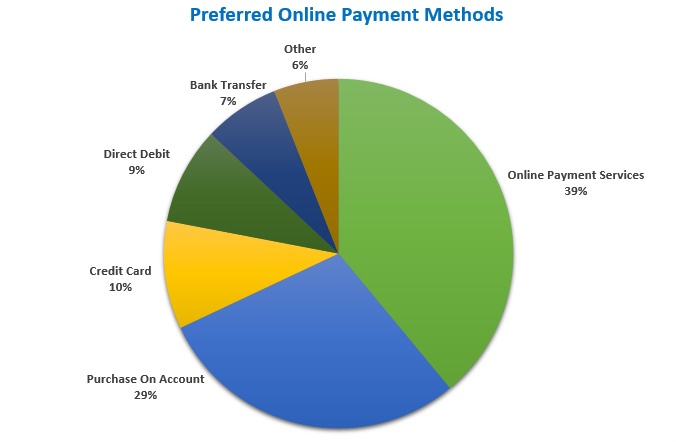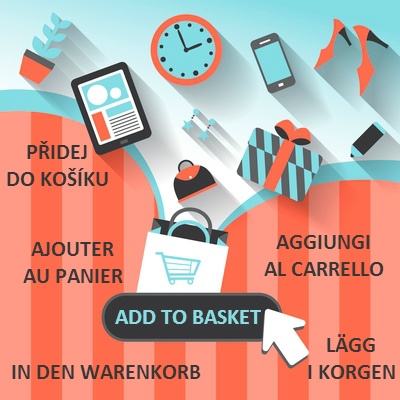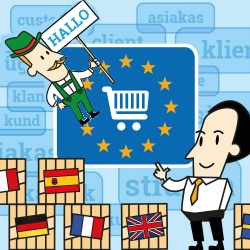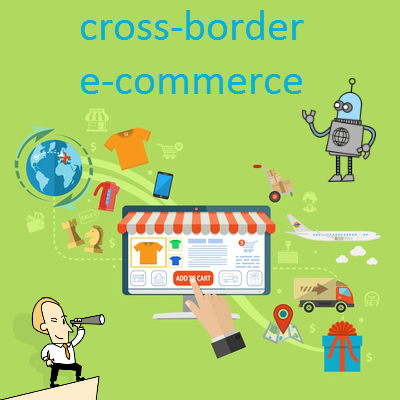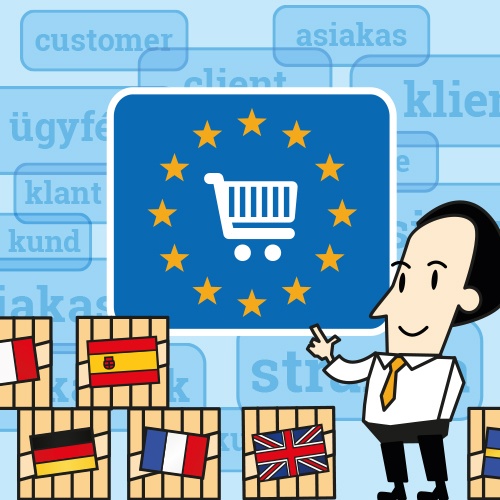Our blog How to sell online in Germany introduced the attractiveness of the German ecommerce market and outlined the main expectations of German e-shoppers, including payment methods, delivery, returns, mobility, personalization and terms & policies. Today, we will have a closer look at the theme of German online payment methods.
According to the German E-Commerce and Distance Selling Trade Association (bevh) study, the most popular online payment method preferred by 39% of German e-shoppers are online payment services. Besides the international platform PayPal there are many local online payment service providers such as Sofortüberweisung.de, ClickandBuy and Giropay that are well known and have a significant market share of the online payment services.
Read More
